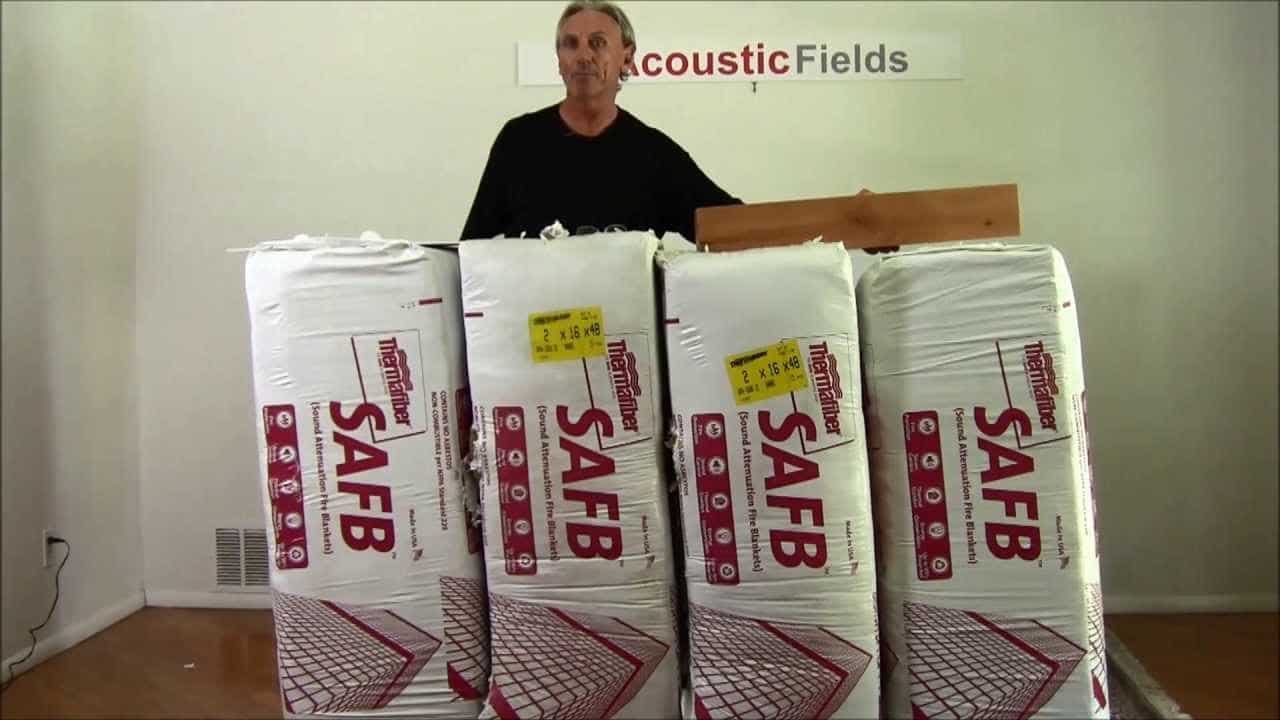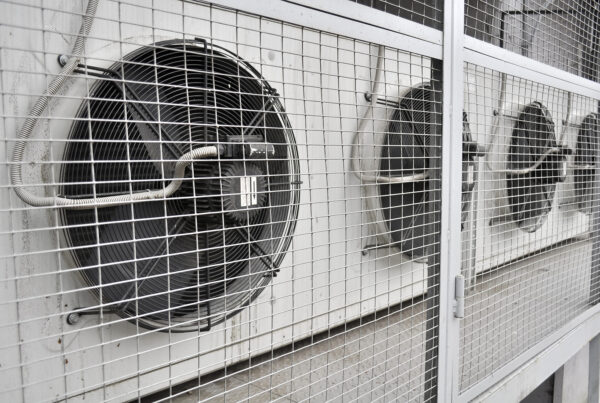At what point did you become aware that you needed to have more low frequency sound absorption products in your listening, home theater, and professional project or recording studio? Probably when you realized that you were not happy with the “boom” caused in your room by excess bass energy. No doubt when you did your research into what would be a good product to purchase, you realized that most companies have what they call a “bass absorber”.
You made your selection and placed the product into your studio and then started to listen to your new improved, low frequency, sound only to be not satisfied. You had some improvement but the product you purchased did not perform the way you thought it would and it definitely did not perform as the manufacture claimed it would. For some reason it did not go low enough to really absorb bass energy, which is why you bought it in the first place.
The Myths of Sound Absorption Products
In this video, you will see how manufacturers distort the definition of low frequency to include their product that, when examined closely, is really a middle and high frequency absorber. I also examine the laws of physics and show just how much material is required to absorb just a 200 Hz. wavelength let alone a 30 cycle wave and show how cardboard tubes and foam wedges cannot be classified as low frequency absorbers because they simply don’t meet physical law requirements.
Having spent your money on what you thought, and what was advertised, as sound absorbing products you excitedly placed them in your room, only to find the performance was not up to what you expected. So now you have all these foam wedges and tubes scattered about your room and you still have that annoying bass boom you thought the product you bought would get rid of. Sound familiar? I’m afraid I hear it all the time.
With your purchase made, you now have less money in your wallet and more units taking up valuable wall and floor space. This is not what you wanted. Maybe you should knock out a wall and get more space but who has the money for that? Why didn’t the product you purchased absorb bass energy as the manufacturer stated in their advertisement?
Urban Myths
Acoustic product’s manufacturers claim many things about their product’s performance capabilities, especially when it comes to sound absorption. Most manufacturers do not spend the research and development time and money necessary to create a low frequency sound absorbing product that absorbs down into the low frequency range which is all frequencies below 100 Hz. They will focus on middle and high frequency absorption because it is a much easier design and less demanding of time and resources. With this in mind, they just add more materials and change the definition of low frequency to fit their product’s performance.
Many Claims
Manufactures will make all kinds of claims that their product does absorb down into this range, but no test results will be available on their website to verify their claims. Most manufactures will take their existing technology that they use to absorb middle and high frequencies and simply make it thicker and then call it a “bass absorber” when it will not absorb real low frequencies at all. They are only sound absorption products, not low frequency sound absorbing products.
It Is Not….
In order to know about sound absorbing technology, you must first understand what it is not about. It is not about everything you have heard. Manufacturers have taken the definition of sound absorption and altered it, so that their product with its inferior performance is now with their new label a bass absorber. Its known in the business as “bracket creep”. If you can’t design or have a product that really absorbs the frequencies and amount of energy that needs to be absorbed to have an acoustical impact and actually fit the definition of low frequency, you simply lower the performance bar of the definition, so your product fits into your new made up definition, not the real world one which customers actually need.
Fear Not
Fortunately not everyone is a crook. We are a manufacturer who actually delivers a low frequency absorption product and have the independently tested data to prove it. You can check out our activated carbon diaphragmatic absorbers here. They are the most powerful free standing low frequency absorbers in the world. As you will see the world famous Riverside Labs independently tested and verified the performance with 100% absorption all the way down to 50 Hz.
If those are too steep for your budget then our DIY bass traps should be your next port of call as the designs are based on the same cabinet structure of our activated carbon diaphragmatic absorbers production units.
If you have any questions please don’t hesitate to ask. It’s time to stop the myths of some sound absorption products in their tracts. If there is no independently verified performance data with a product you want to ask why? How can they claim it will work if there is no test data? What do they have to hide? I’m sure you’re clever enough to figure it out.
If you want to learn more about this subject please sign up for our free room acoustic treatment videos and 150+ page ebook which provide step by step instructions on how to solve common room acoustic problems. Get instant access by signing up now.
Best of luck and good room acoustic health!
Dennis







